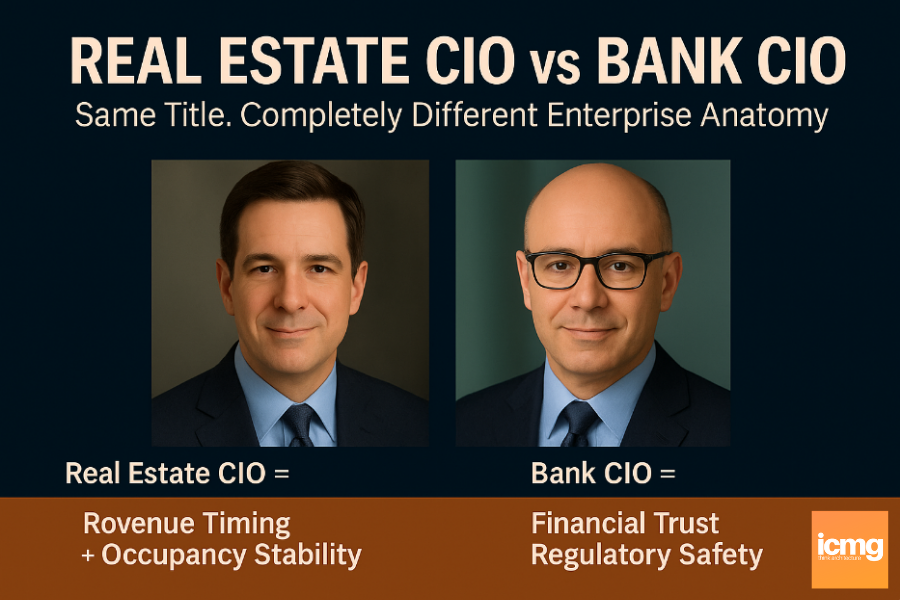Case USA81: Why a National Space Agency Replaced Enterprise Architecture with Mission Pipeline Governance
- Sunil Dutt Jha

- Jul 22
- 2 min read
Updated: Nov 3
Overview:
This case is part of a 100-diagnostic series revealing how US aerospace programs have mislabeled operational project oversight as “Enterprise Architecture progress.”
In national space agencies, a recurring pattern is treating mission pipeline governance as enterprise architecture.
Launch schedules were tracked, milestone reviews improved, and integration readiness checks became routine — yet the enterprise structure linking research priorities, supply chain, spacecraft operations, ground systems, and commercial partnerships was never modeled.

P1–P6 Insight Preview:
These six perspectives define how an enterprise connects intent to execution
— P1: Strategy, P2: Business Processes, P3: System Behaviors, P4: Component Governance, P5: Implementation, P6: Business & Technology Operations.
P1 (Strategy): Governance processes focused on mission delivery dates but weren’t tied to long-term program objectives like technology reuse or cross-mission cost efficiency.
P2 (Process): Mission approval and tracking workflows were standardized, but integration with supply chain, vendor management, and post-launch analysis was inconsistent.
P3 (System): Scheduling and telemetry systems weren’t behaviorally integrated with engineering, simulation, and logistics platforms.
P4 (Component): Mission planning tools, engineering modules, and procurement systems were governed in silos.
P5 (Implementation): Development and integration were mission-specific, with little focus on reusability or shared infrastructure.
P6 (Operations): Business ops delivered missions on time, but tech ops managed a growing list of one-off solutions across missions.
Stakeholder Impact Summary:
CEO/Agency Administrator – accountable for national program outcomes: Limited by weak P1 Strategy — success is measured by launches, not by long-term architectural resilience or cost optimization.
CIO – manages mission-critical systems and technology portfolio: Impacted by P3 System Behaviors and P4 Component Governance — systems are duplicated across missions with no unified architecture.
Sales Head (Commercial Partnerships) – drives industry and research collaboration: Affected by P2 Processes and P5 Implementation — can engage partners for individual missions but can’t scale collaboration across the portfolio.
Chief Enterprise Architect – responsible for cross-mission structure and governance: Confronts P1–P6 issues — no enterprise blueprint exists to unify missions into a coherent architecture.
Head of Mission Operations – oversees launch readiness and post-launch activities: Feels P2, P3, & P6 — must re-engineer operational processes for each mission instead of leveraging standard practices.




